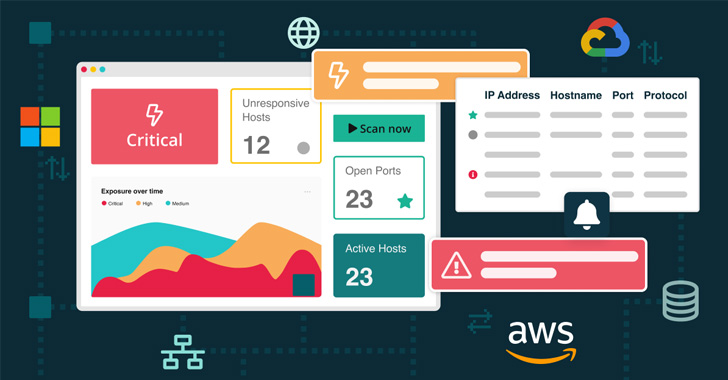In today’s increasingly interconnected world, cybersecurity has become paramount for organizations of all sizes. With the ever-evolving threat landscape, it is crucial for businesses to proactively identify and address vulnerabilities in their systems and networks before they are exploited by malicious actors. Penetration testing, also known as pen testing, is an essential cybersecurity practice that simulates real-world cyberattacks to uncover weaknesses and assess an organization’s overall security posture.
Why is Penetration Testing Important?
Penetration testing provides numerous benefits for organizations, including:
- Identifying Vulnerabilities: Pen testers employ a variety of techniques to uncover vulnerabilities in systems, networks, applications, and configurations. These vulnerabilities can serve as entry points for cyberattacks, allowing malicious actors to gain unauthorized access to sensitive data or disrupt operations.
- Assessing Risk: By identifying vulnerabilities, penetration testing helps organizations assess their overall cybersecurity risk profile. This risk assessment helps organizations prioritize remediation efforts and allocate resources effectively.
- Improving Security Posture: Pen testing results provide valuable insights for improving an organization’s security posture. These insights can inform decisions regarding security policies, access controls, and incident response plans.
- Complying with Regulations: Penetration testing is often required for compliance with industry regulations and standards, such as PCI DSS and HIPAA.
Top 10 Tips for Effective Penetration Testing
To ensure that penetration testing is conducted effectively and provides valuable results, consider these ten tips:
- Define Scope and Objectives: Clearly define the scope of the penetration test, including the systems, networks, and applications to be tested. Establish clear objectives for the test, such as identifying critical vulnerabilities or assessing the effectiveness of security controls.
- Engage Qualified Pen Testers: Select experienced and qualified pen testers who possess the necessary skills and expertise to conduct comprehensive testing. Consider hiring a reputable penetration testing firm or using in-house testers with specialized training and experience.
- Obtain Proper Authorization: Obtain formal authorization from management and relevant stakeholders before initiating penetration testing. Ensure that all parties involved understand the purpose, scope, and potential outcomes of the test.
- Communicate Effectively: Establish clear communication channels between the pen testers and the organization’s security team. Regular communication throughout the testing process helps ensure that potential issues are addressed promptly and that the test objectives are aligned.
- Document Findings: Document all findings in a comprehensive and detailed report. The report should clearly identify vulnerabilities, their potential impact, and recommendations for remediation.
- Prioritize Remediation: Prioritize remediation efforts based on the severity of the vulnerabilities identified. Address critical vulnerabilities that pose a high risk to the organization first.
- Implement Security Controls: Implement appropriate security controls to address the identified vulnerabilities. This may involve patching software, configuring firewalls, or implementing additional access controls.
- Verify Remediation: Verify that the implemented security controls have effectively addressed the vulnerabilities. Repeat penetration testing periodically to assess the effectiveness of remediation efforts and identify any new vulnerabilities.
- Continuously Monitor: Continuously monitor systems and networks for new vulnerabilities and cyberattacks. Stay up-to-date on the latest threats and security patches.
- Foster a Security Culture: Foster a culture of security within the organization. Educate employees about cybersecurity best practices and encourage them to report suspicious activity promptly.
Conclusion
Penetration testing is an essential component of any organization’s cybersecurity strategy. By proactively identifying and addressing vulnerabilities, organizations can significantly reduce their risk of cyberattacks and protect their valuable assets. By following these ten tips, organizations can conduct effective penetration testing and enhance their overall cybersecurity posture.
